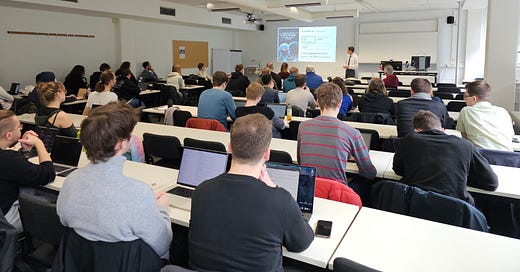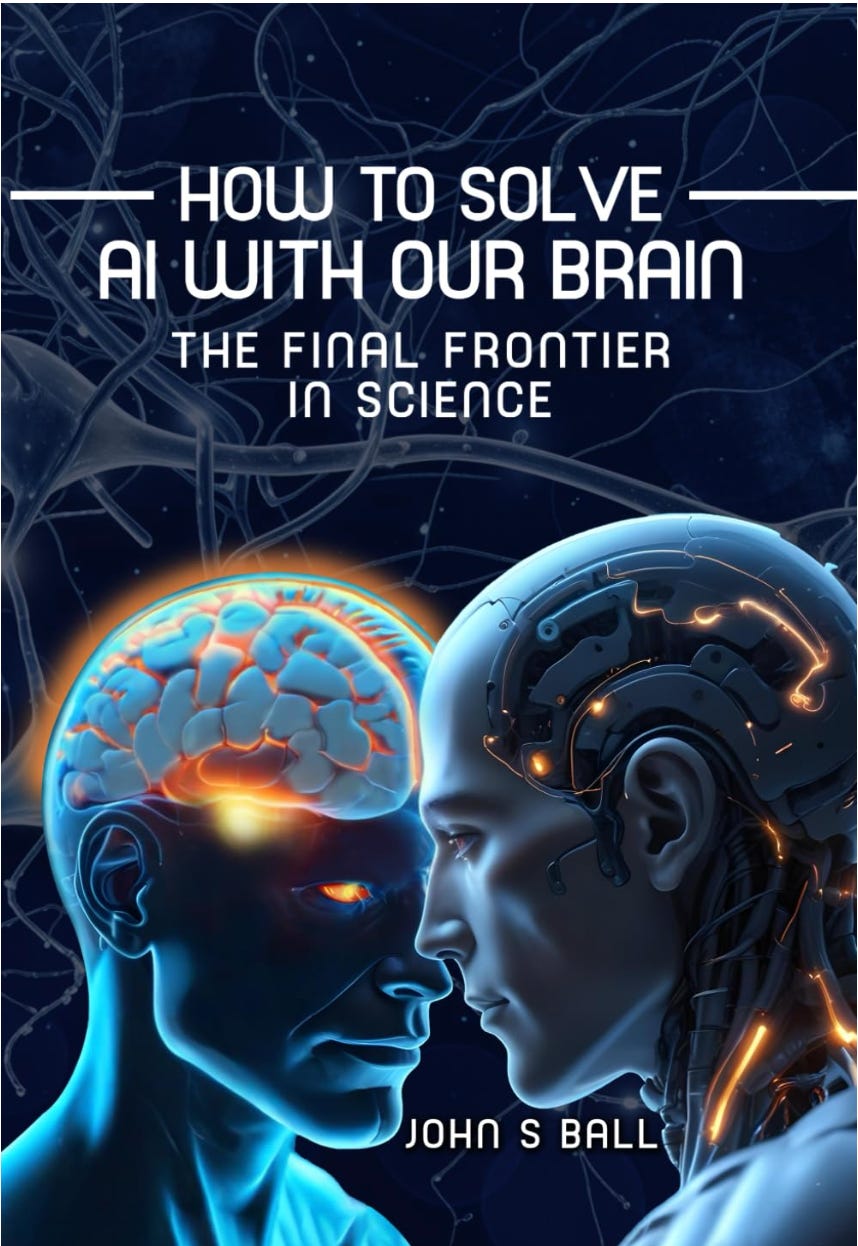We were in Berlin on the next part of my book tour promoting: “How to solve AI with our brain: The final frontier in science.” It was a great event with a range of professors, students and disciplines. The format was for a 45-minute presentation followed by an innovative question and answer format in which questions were asked from the stage, making the interaction very natural.
Our thanks to Prof. Dr. Dagmar Monett from the Berlin School of Economics and Law for organizing our time in Berlin!
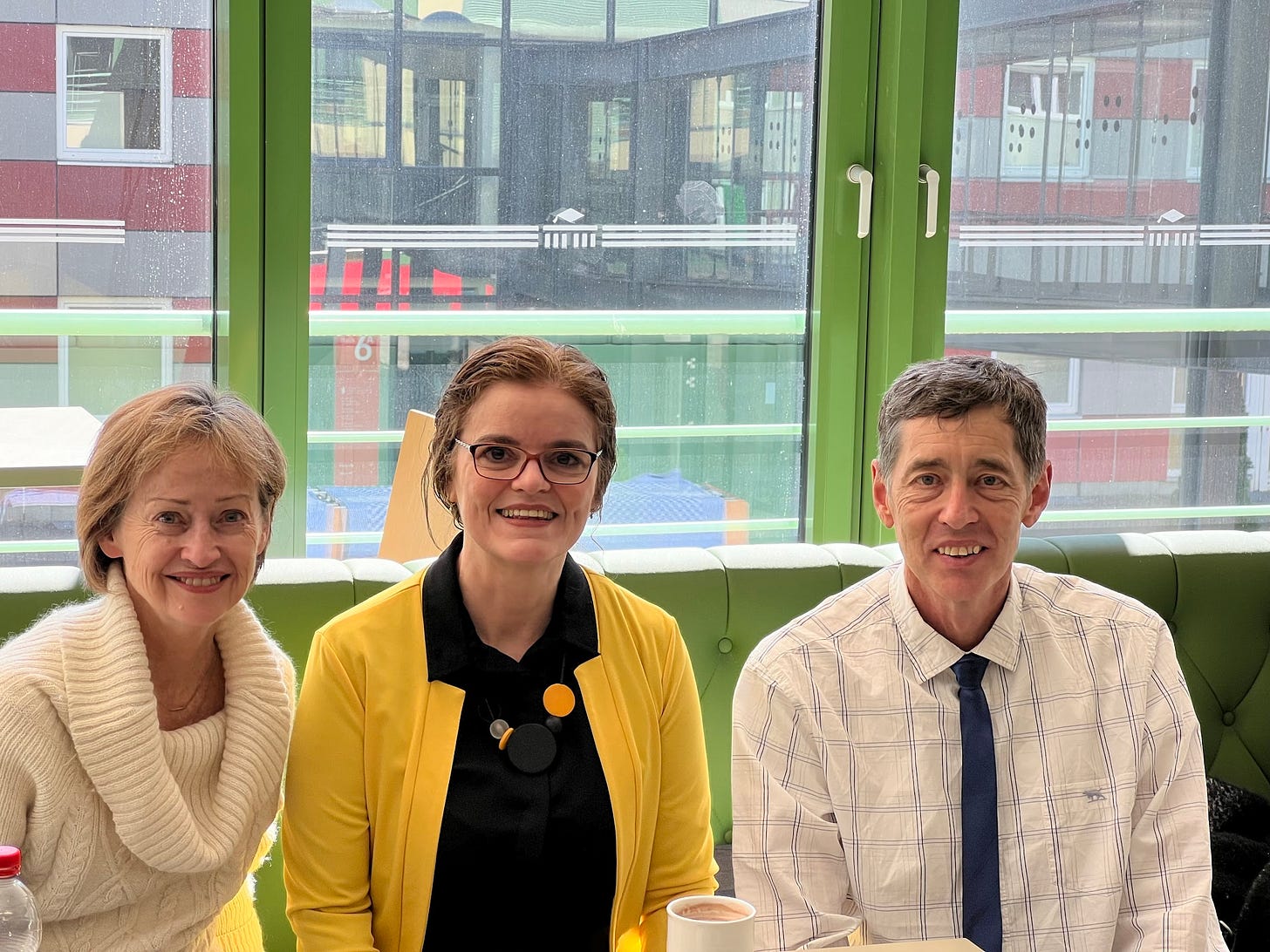
(The video from the session is here - click!)
(The Q&A session video is here - click) My camera ran out of battery to end the recording despite a lot more interesting Q&A afterwards! (It’s the trouble with not having enough equipment when traveling!)
Language needs more science
The focus of my talk was beyond the content of the book, which is general science.
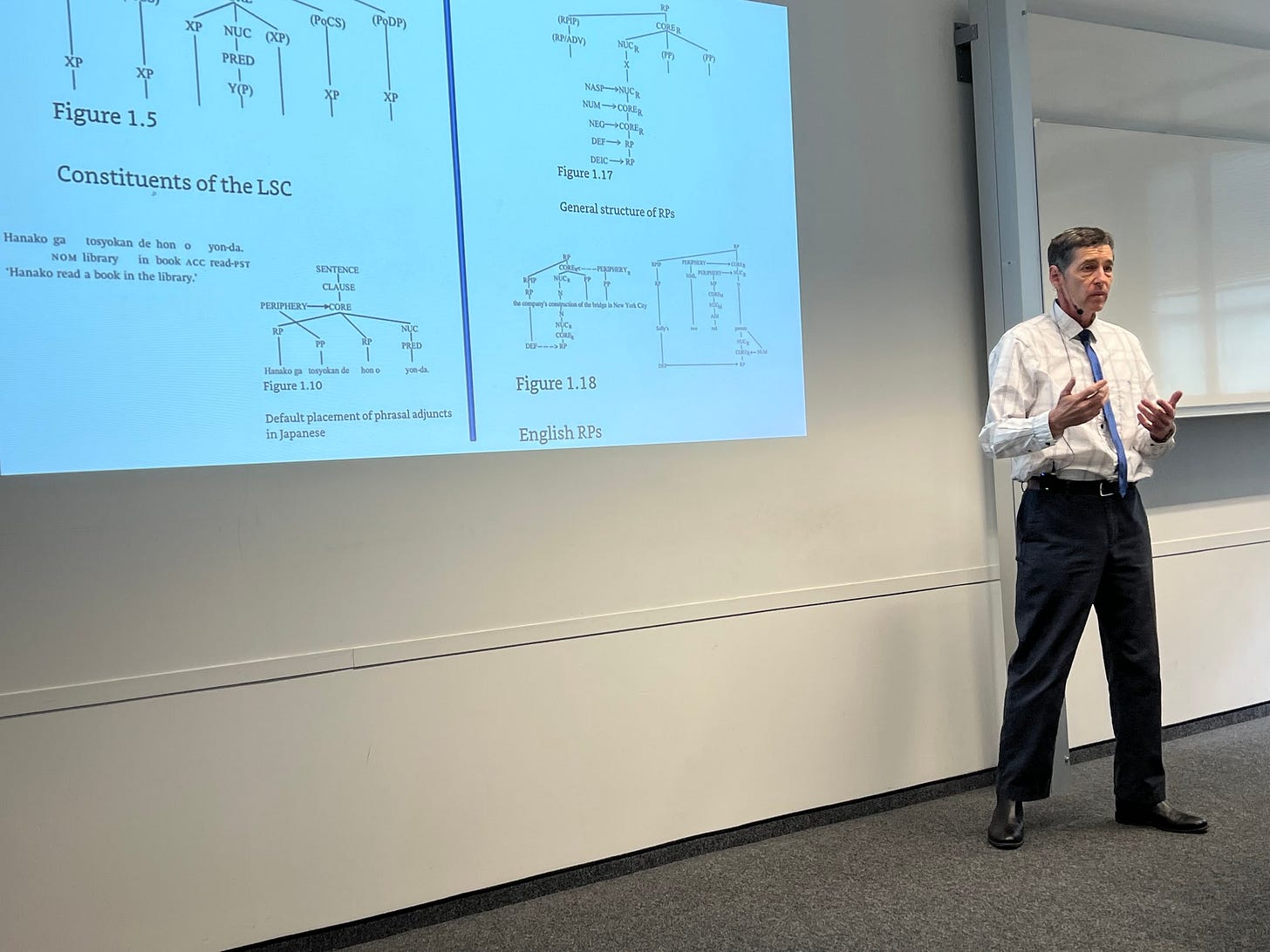
I wanted to show some of the well-researched conclusions from Role and Reference Grammar (RRG) linguistics, its mapping algorithm between words and phrases to meaning in context and back, my engineering work to bring it to life (the thousand ways NOT to create language understanding along the way), and my scientific application of Patom brain theory.
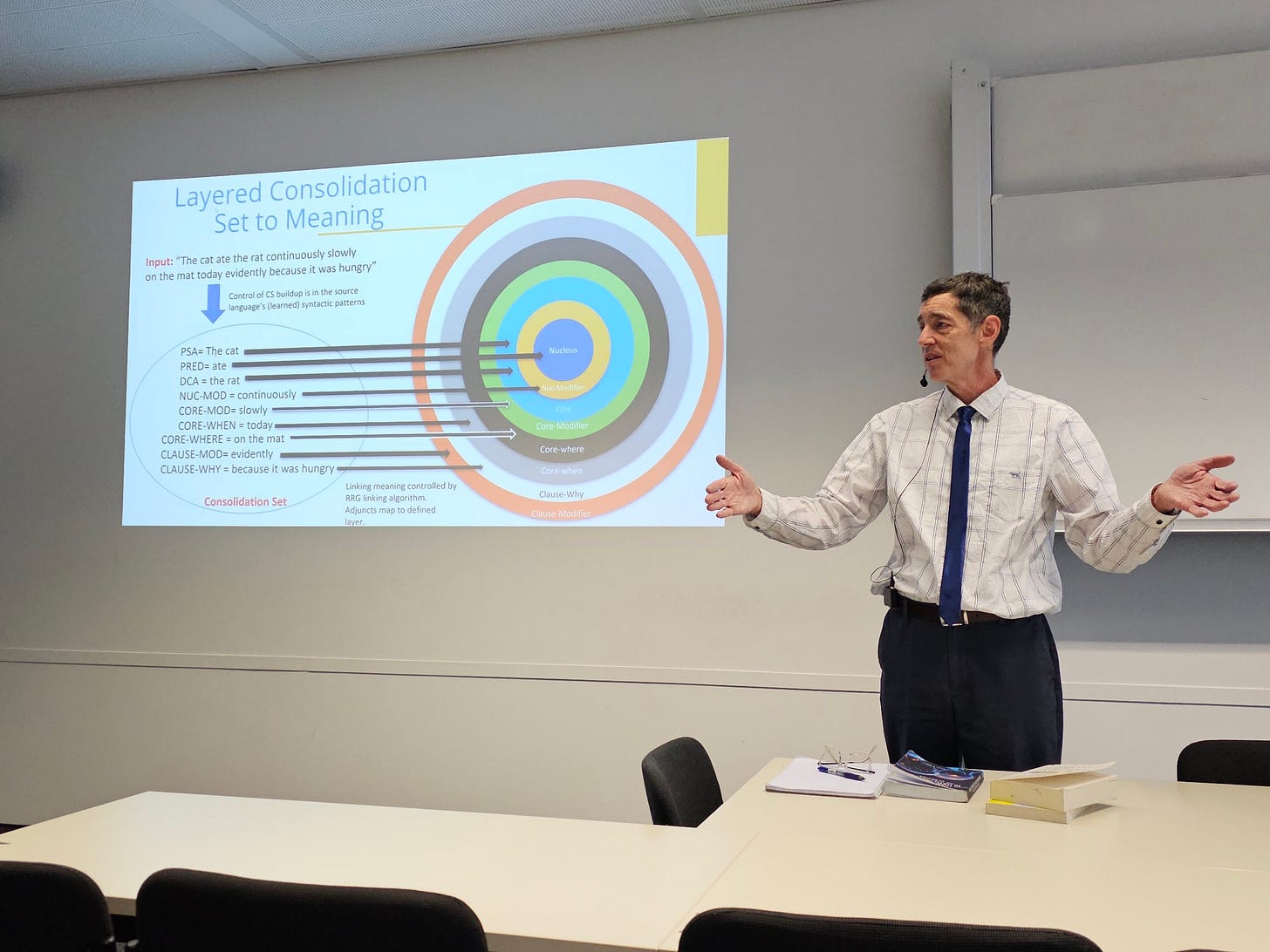
Berlin summary
It was terrific to visit one of the great capitals in the world.
The audience included students and professors from computer science, cognitive science and other faculties.


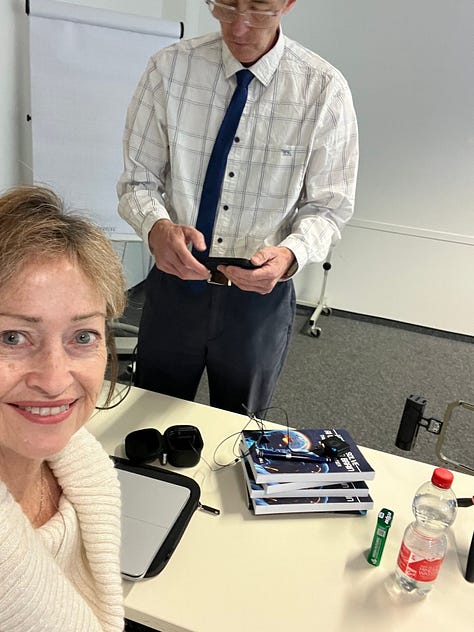
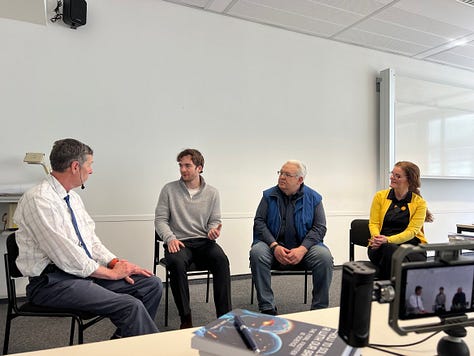
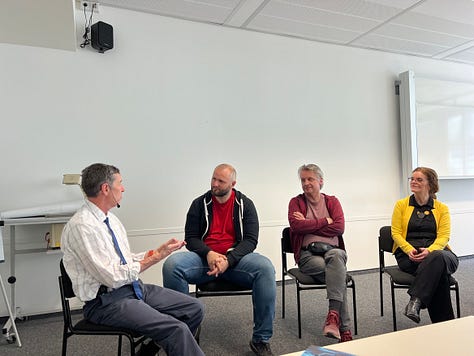



Our next stop is more sobering, visiting a relative who is recovering from a brain trauma in Italy whose recovery is being hailed as a miracle by doctors.
Do you want to read more?
If you want to read about the application of brain science to the problems of AI, you can read my latest book, “How to Solve AI with Our Brain: The Final Frontier in Science” to explain the facets of brain science we can apply and why the best analogy today is the brain as a pattern-matcher. The book link is here on Amazon in the US.
In the cover design below, you can see the human brain incorporating its senses, such as the eyes. The brain’s use is being applied to a human-like robot who is being improved with brain science towards full human emulation in looks and capability.


